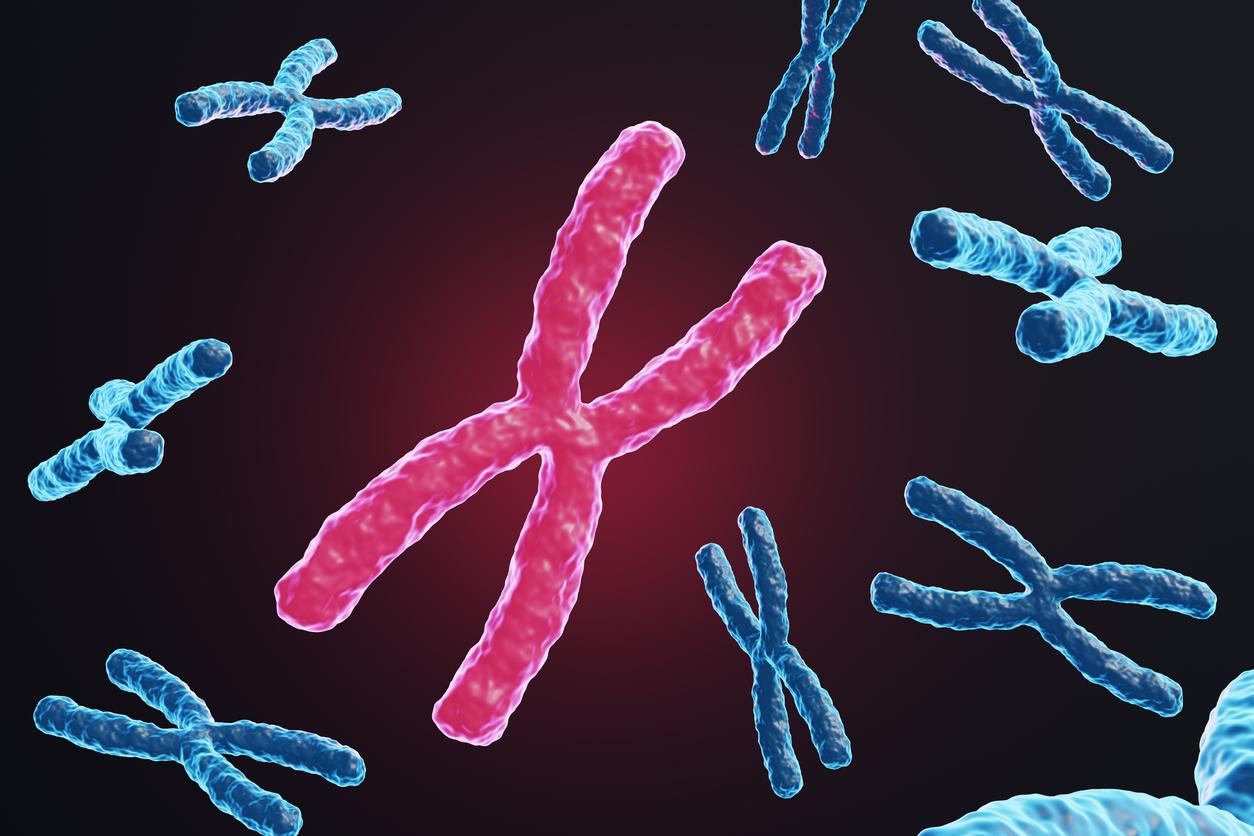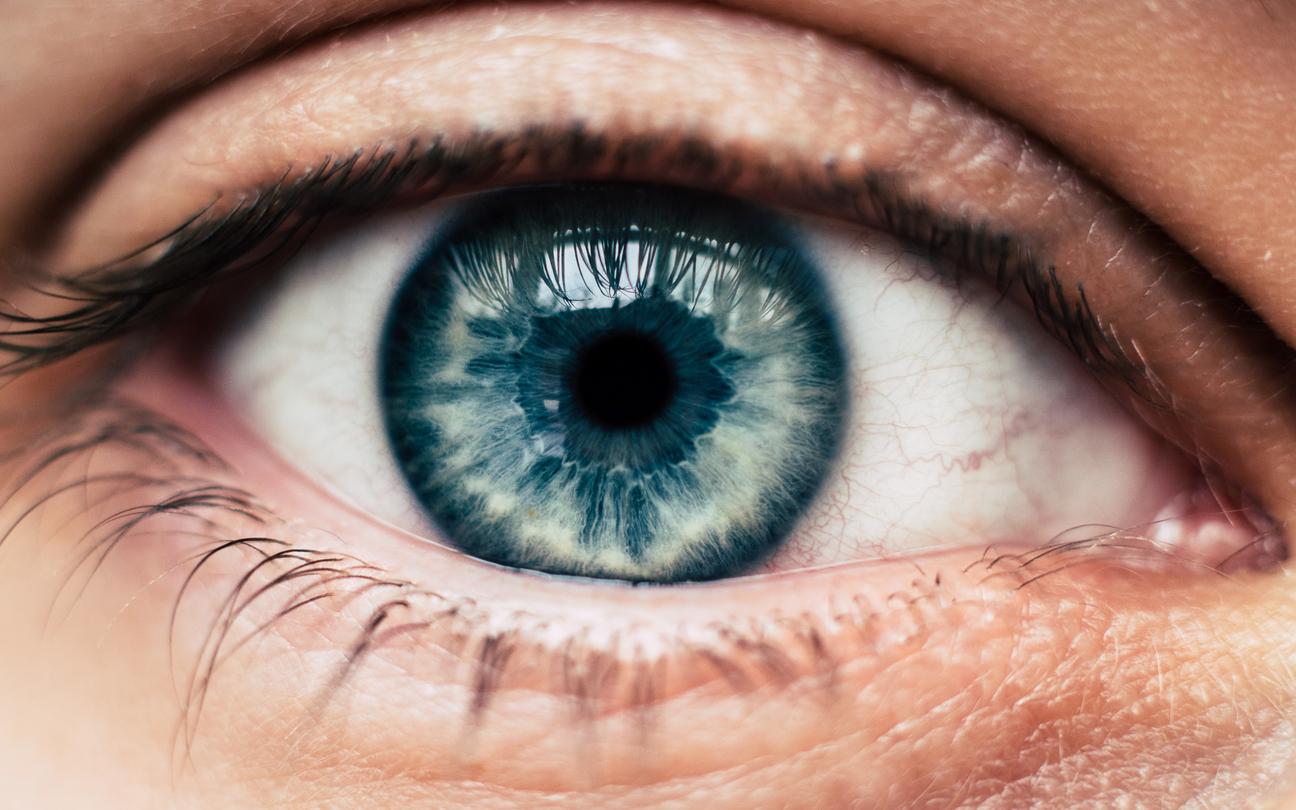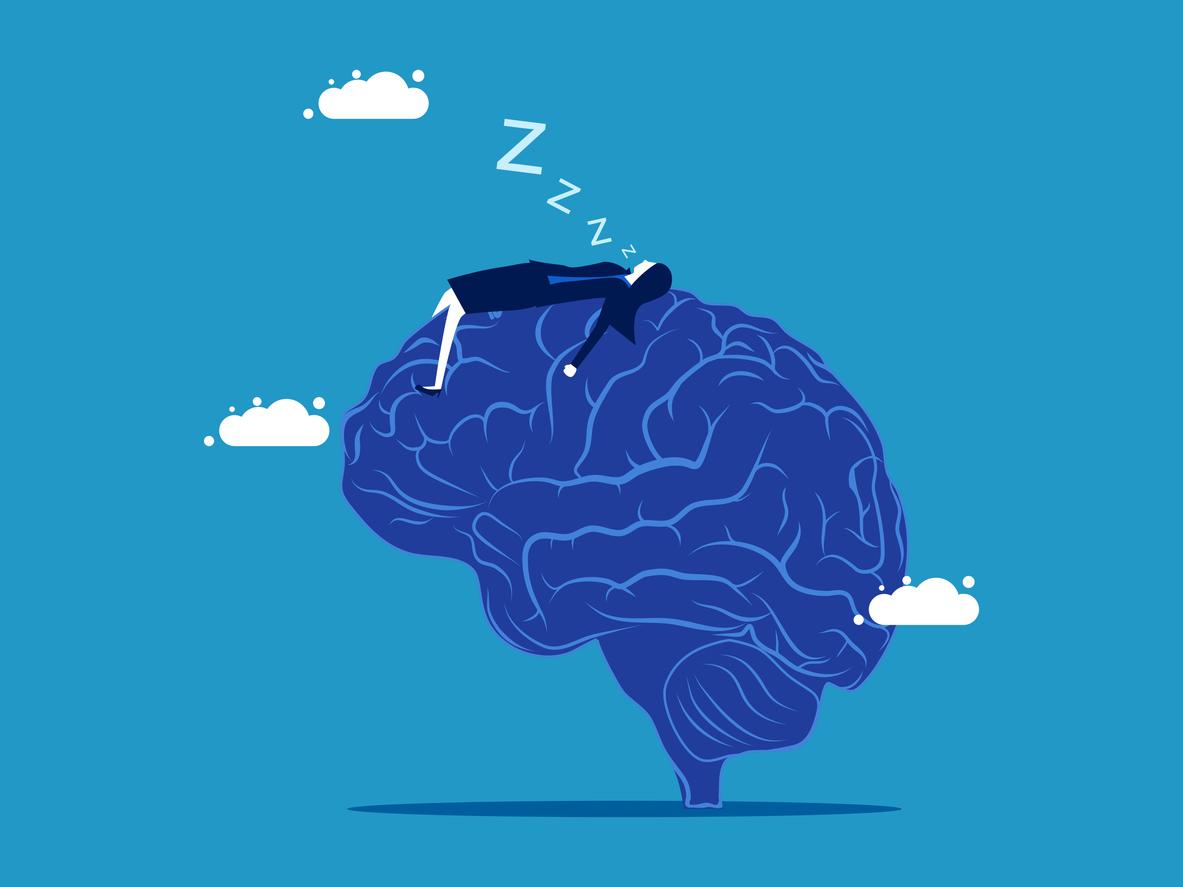To be afraid, not to be afraid, to be afraid again. Researchers at the San Diego School of Medicine in the United States have succeeded in playing with the memories of rats by stimulating their nerves. In a study published by the journal Naturethey explain that their prowess represents a new hope in the field of research against the Alzheimer’s disease.
The American scientists implanted an optical fiber in a region of the brains of the rats used for the experiment.
Thanks to the light generated by the fiber, they were able to manipulate the synapses, therefore the contact between two neurons. By provoking an electric shock in the foot of the rat, the latter associated the fear of the shock with the pulse of light. But when synapses were stimulated at a low frequency, memories were weakened, the researchers note. A high-frequency pulse caused the opposite effect: the rats got scared.
Alzheimer’s patients suffer from an accumulation of beta-amyloid in their brain, which causes a weakening of the connections of the synapses, just like the low frequencies. “As our work shows that we can reverse the process that weakens synapses, we could potentially counter some of the effects of beta-amyloid in Alzheimer’s patients,” hopes Roberto Malinow, professor of neuroscience and one of the authors of the study, cited by the Huffington Post.
















